The Color ChallengE
How light works .
What is Color
Light is a flux of particles called photons that propagate as electromagnetic waves. Human eyes perceive photons that propagate at wavelengths from 400nm to 700nm in the electromagnetic spectrum. Depending on the wavelengths, our eyes are differently stimulated and the mix of all the stimuli creates our perception of colors.
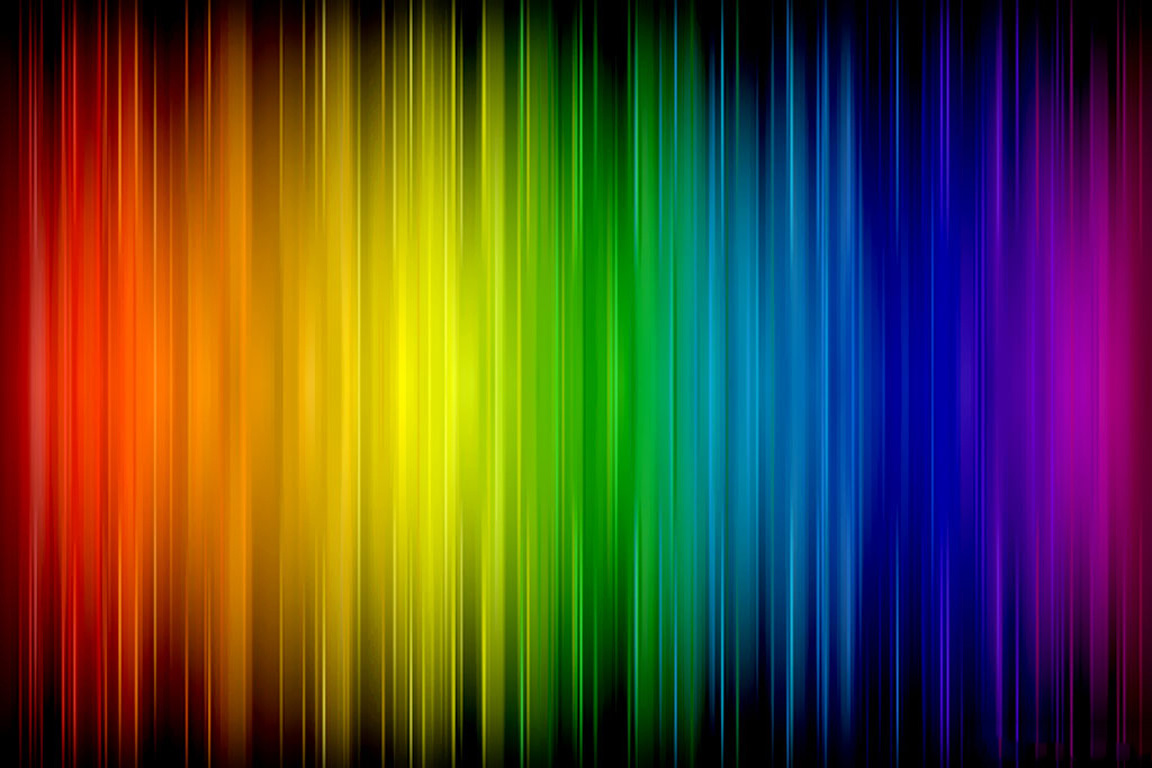
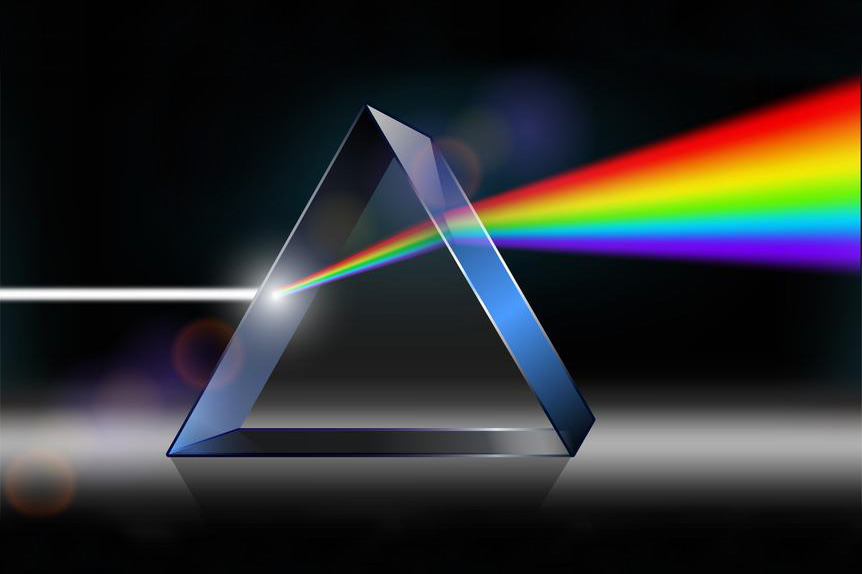
How it Works
When light is projected on an object, only a portion is reflected, depending on the spectral properties of the object. For example, a red object reflects much more high wavelengths (above 600nm) than low wavelengths. These wavelengths stimulate specific cells in our eyes that our brain interprets as a red color.
How we perceive it
Our perception of colors is a consequence of the quantity of photons directed to our eyes and their wavelengths: it depends on both the spectral repartition of the light and the spectral properties of an object.
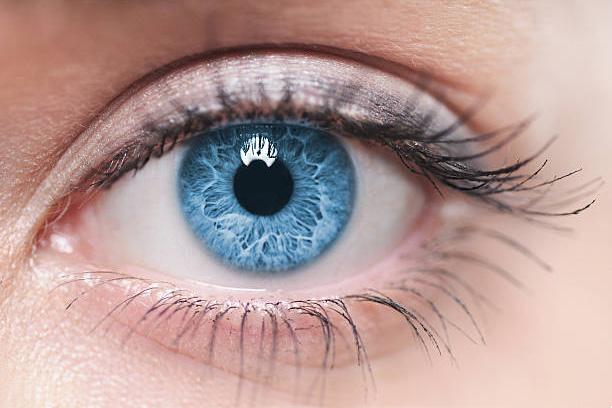
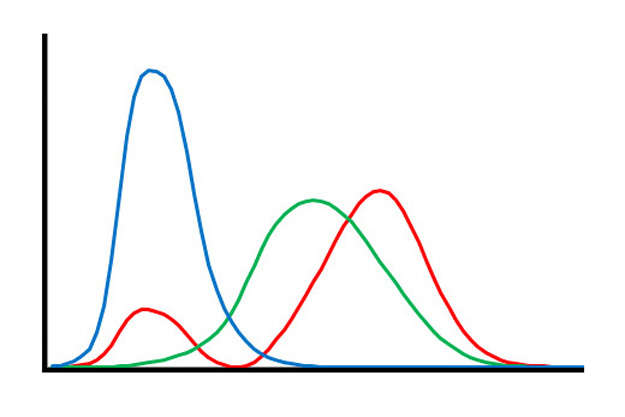
The Reflectance
In order to measure colors, it is required to quantify the spectral properties of an object, which are called the reflectance spectrum, or simply reflectance. Reflectance is a curve that indicates what percentage of photons are reflected by an object for all visible wavelengths from 400nm to 700nm. Knowing the reflectance of an object, we can then reconstruct its color under any lighting condition.
Your Challenges .
Resulting Problems
Since the perception of colors is the result of ambient light, the reflectance of an object and how our eye is stimulated, many precautions must be taken to correctly interpret what we see.
For example, two objects that seem identical under one light may be different under another: this is called metamerism.
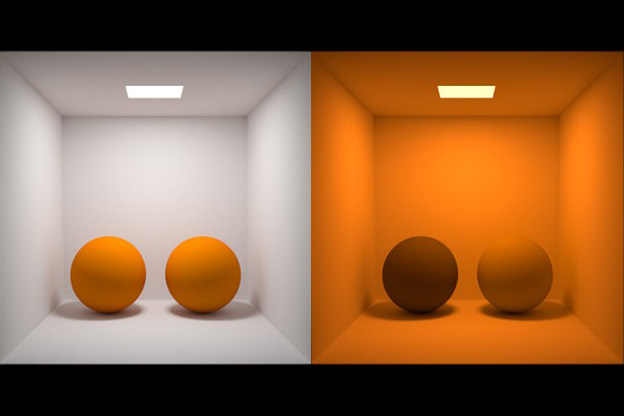
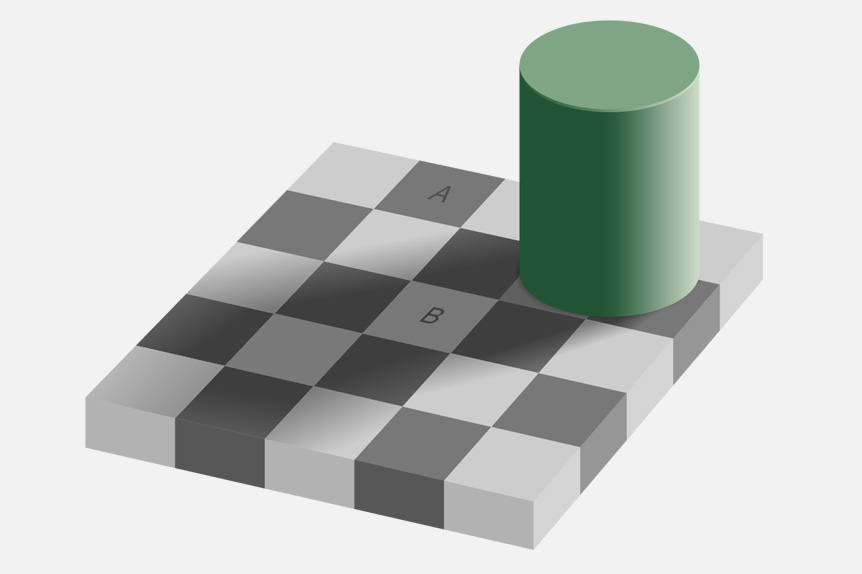
Getting an Objective Measure
Describing precisely what we see can be a challenge: our eyes adapt to ambient light, from its luminous intensity to its spectral repartition, and they may be tricked with optical illusions (contrasts, shapes, etc.). An objective and unbiased measurement can only be achieved with a dedicated instrument.
